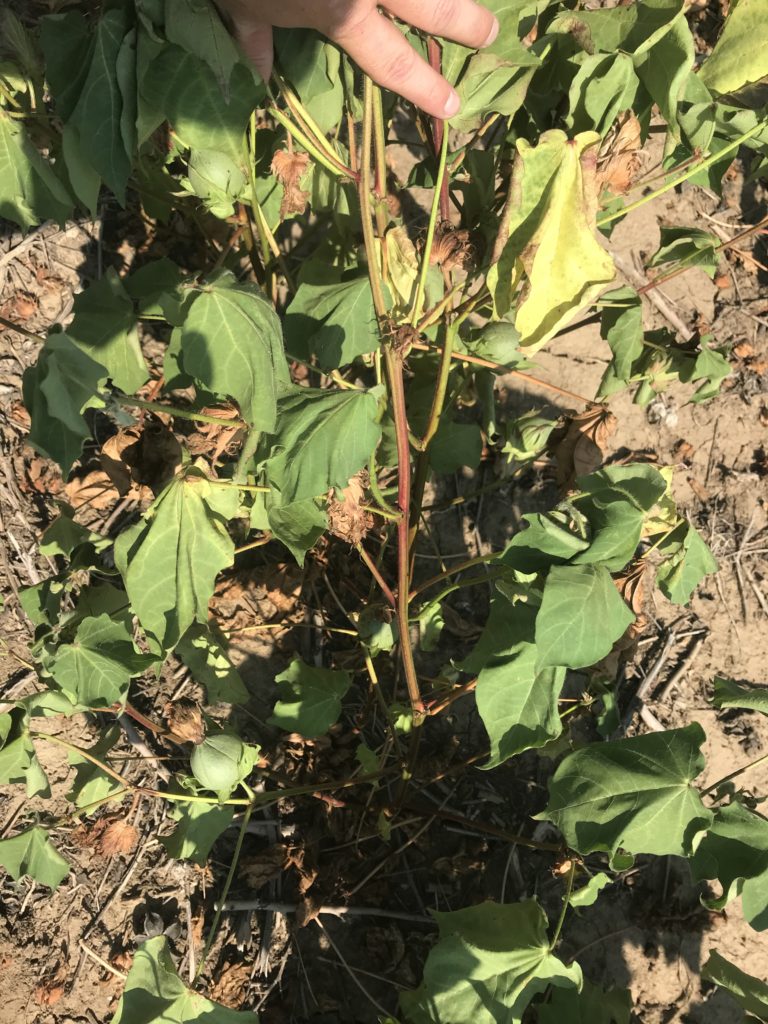Corn, soybeans, and wheat were down; cotton was mixed for the week. After last week’s gains, corn, soybeans, and wheat had large declines. Higher U.S. yield estimates, increased political uncertainty, and trade dominated agricultural news this week.
Currently, the USDA estimates national average corn and soybean yields at 178.4 bu/acre, an all-time high, and 51.6 bu/acre, 0.5 bu/acre below the all-time high in 2016. There is still a great deal of uncertainty in the USDA’s final yield estimates and usually adjustments will be made in future reports with the October/November Crop Production report typically shedding a more accurate light on final yields. However, in general, field tours and private estimates indicate the potential for higher corn and soybeans yields across several growing regions. So right now the prevailing thought is for upward yield revisions by the USDA, not down.
Political uncertainty is running rampant in Washington due to numerous issues faced by the Trump administration. Political uncertainty creates further complexity in already unpredictable commodity markets. Continue reading at Tennessee Market Highlights.




